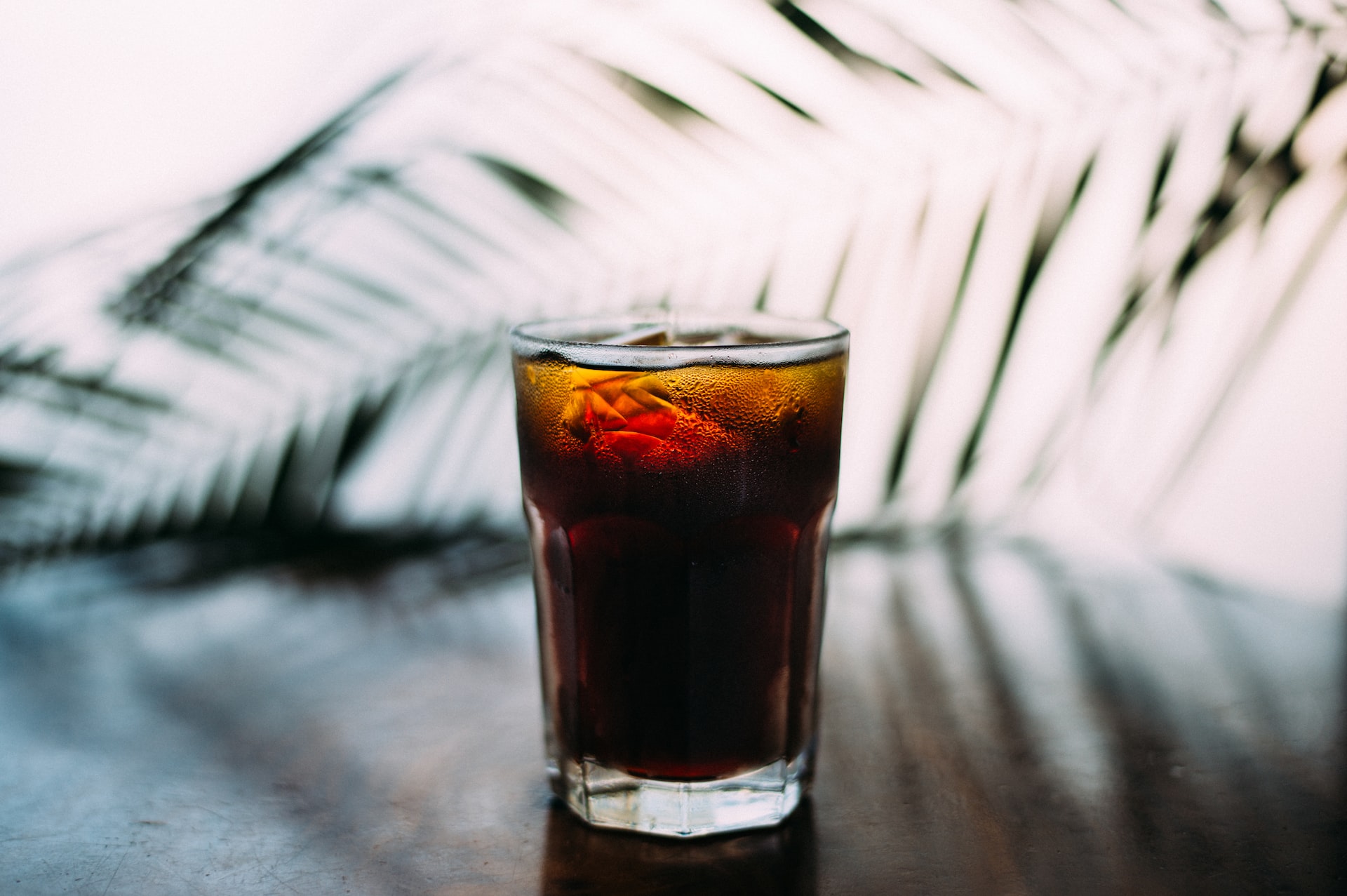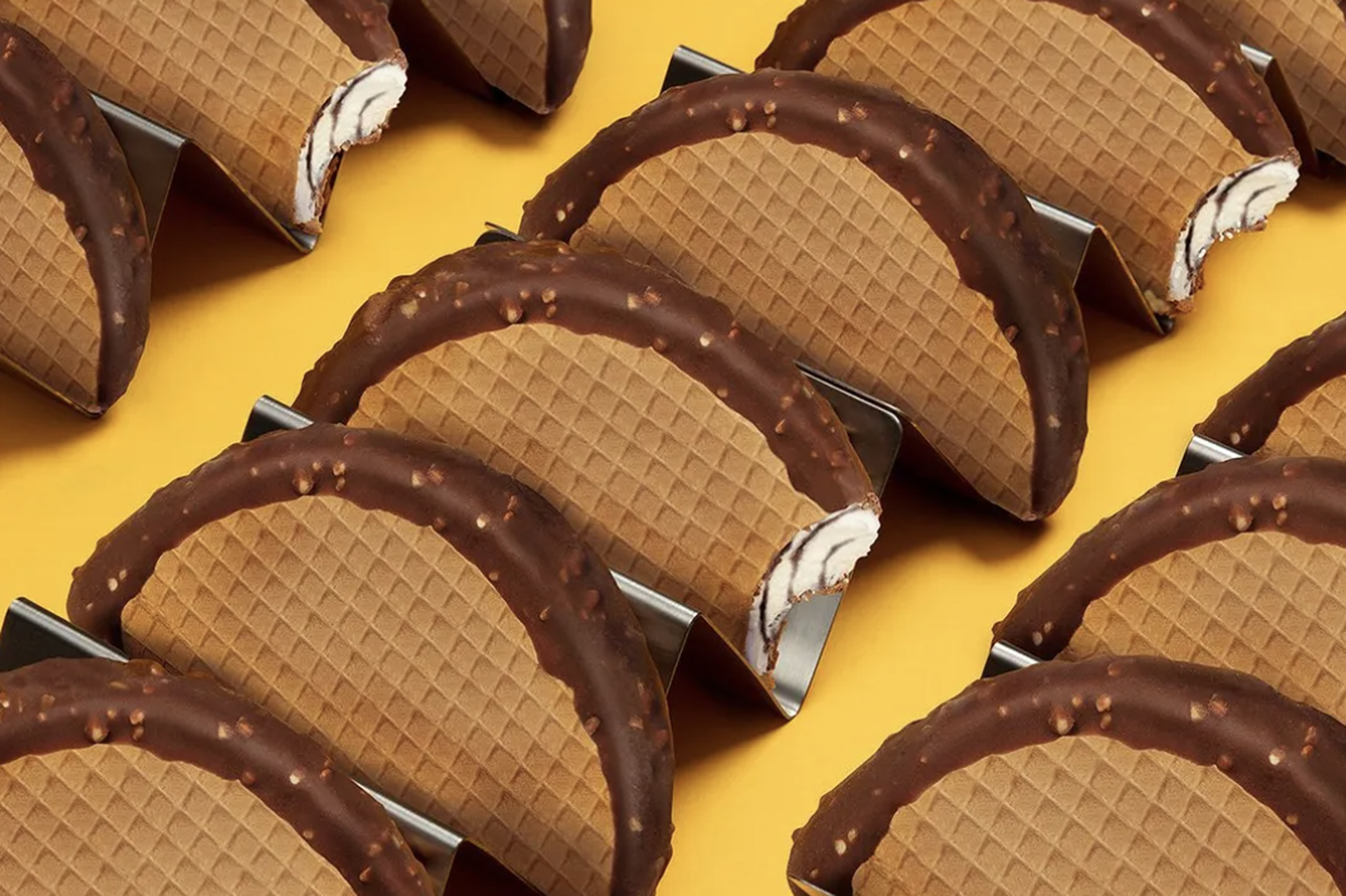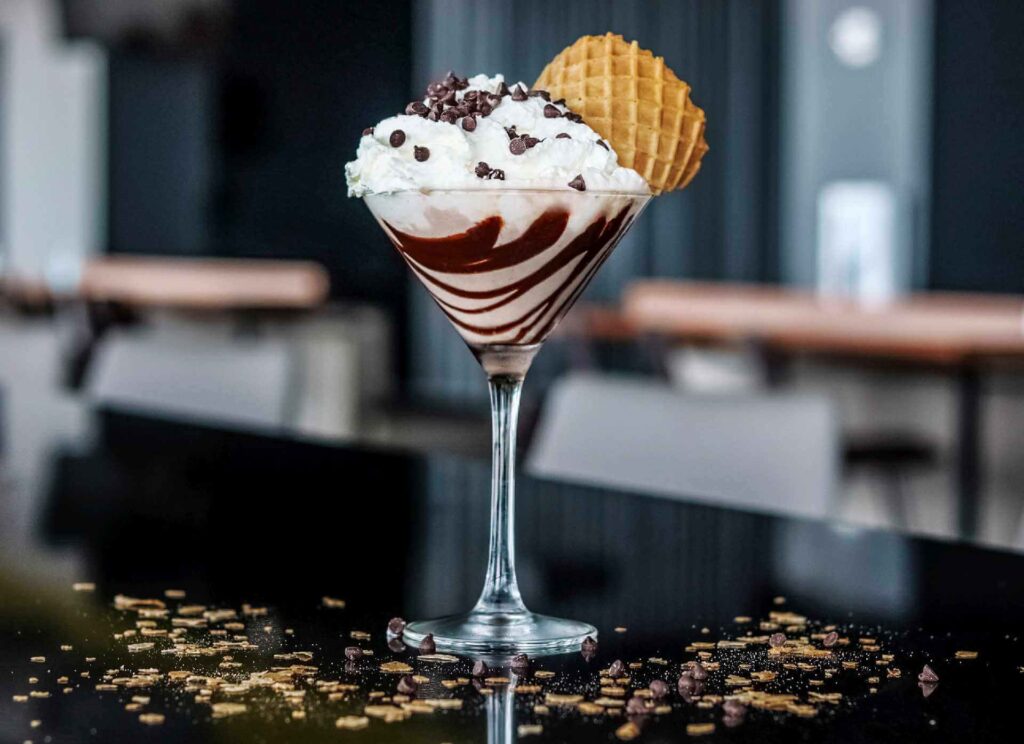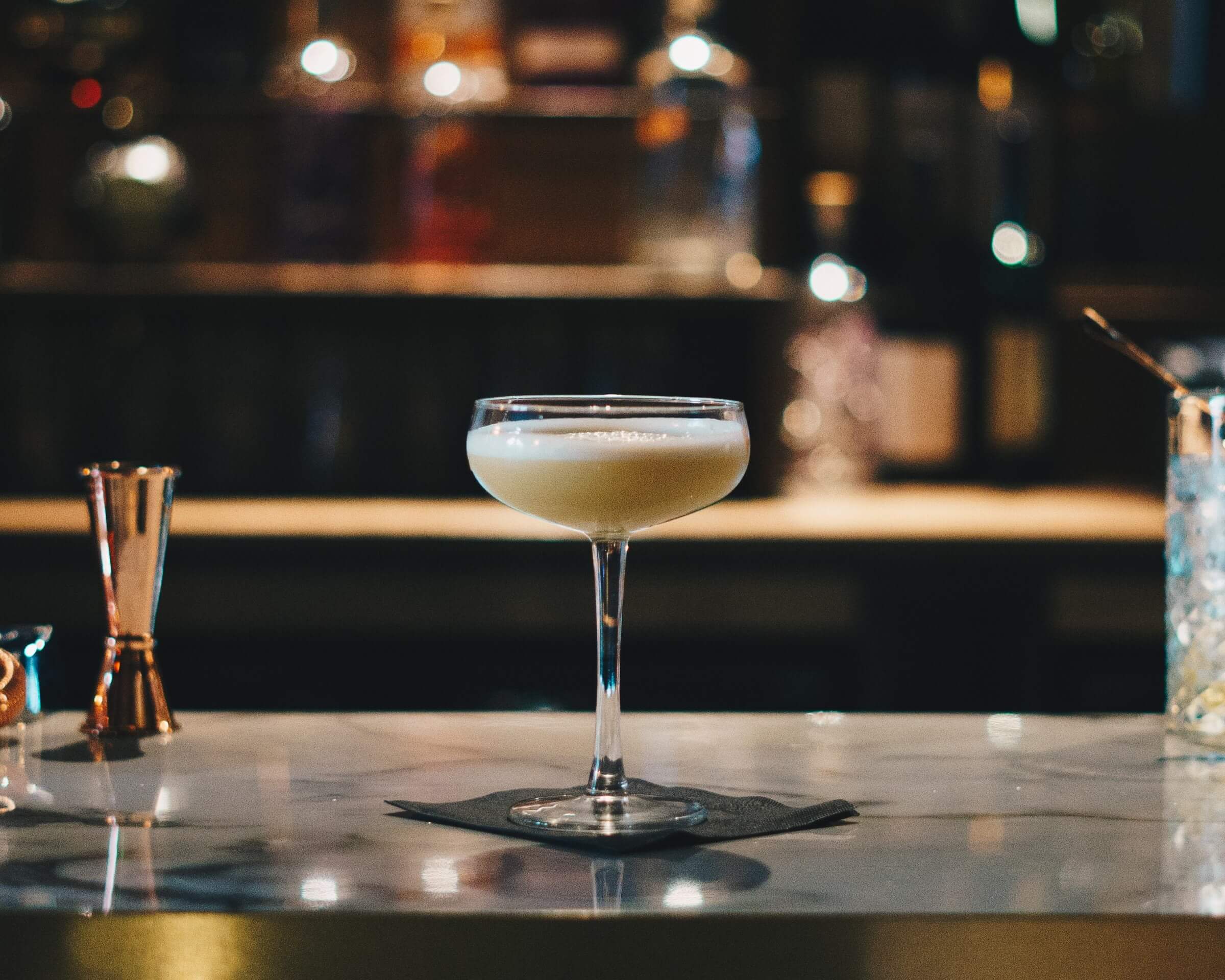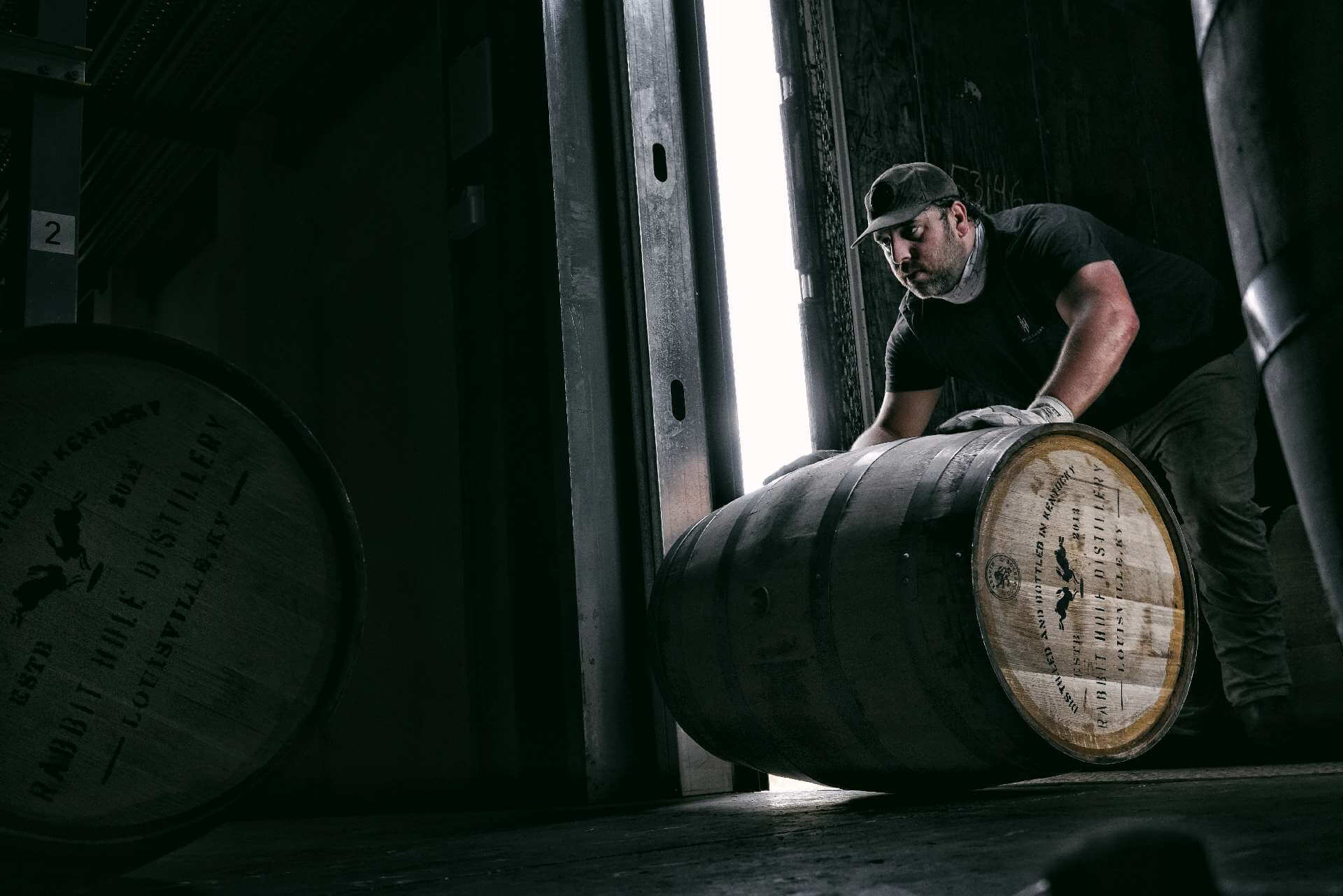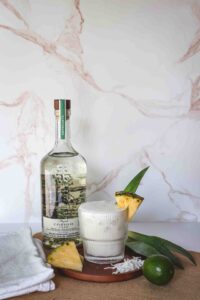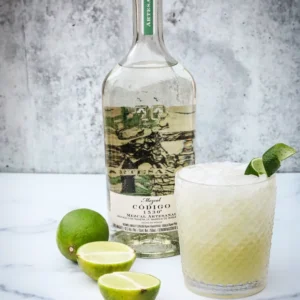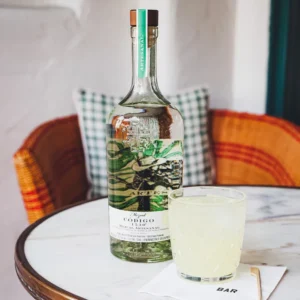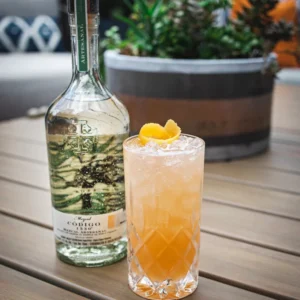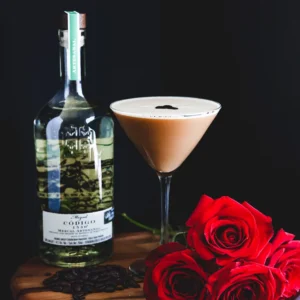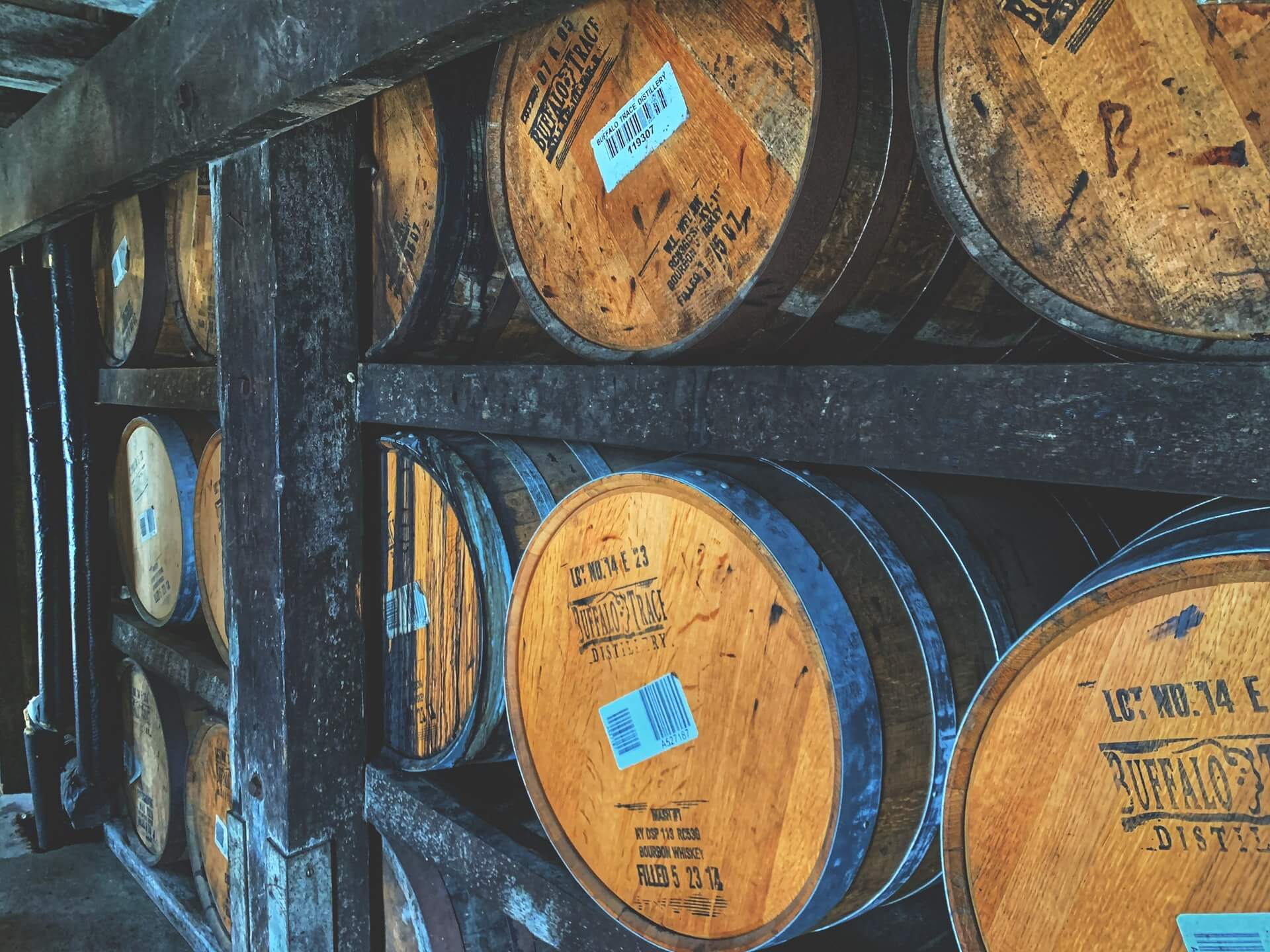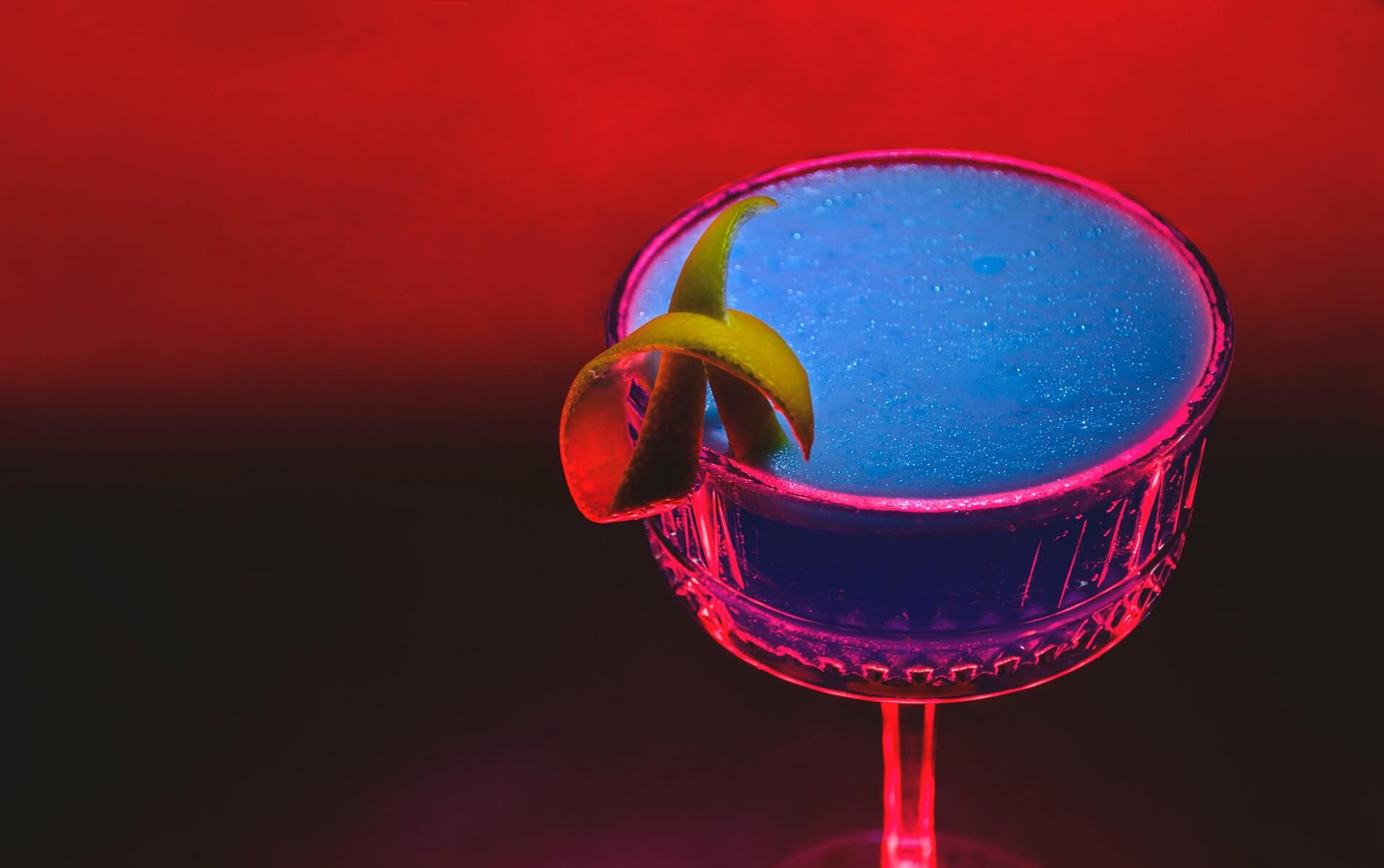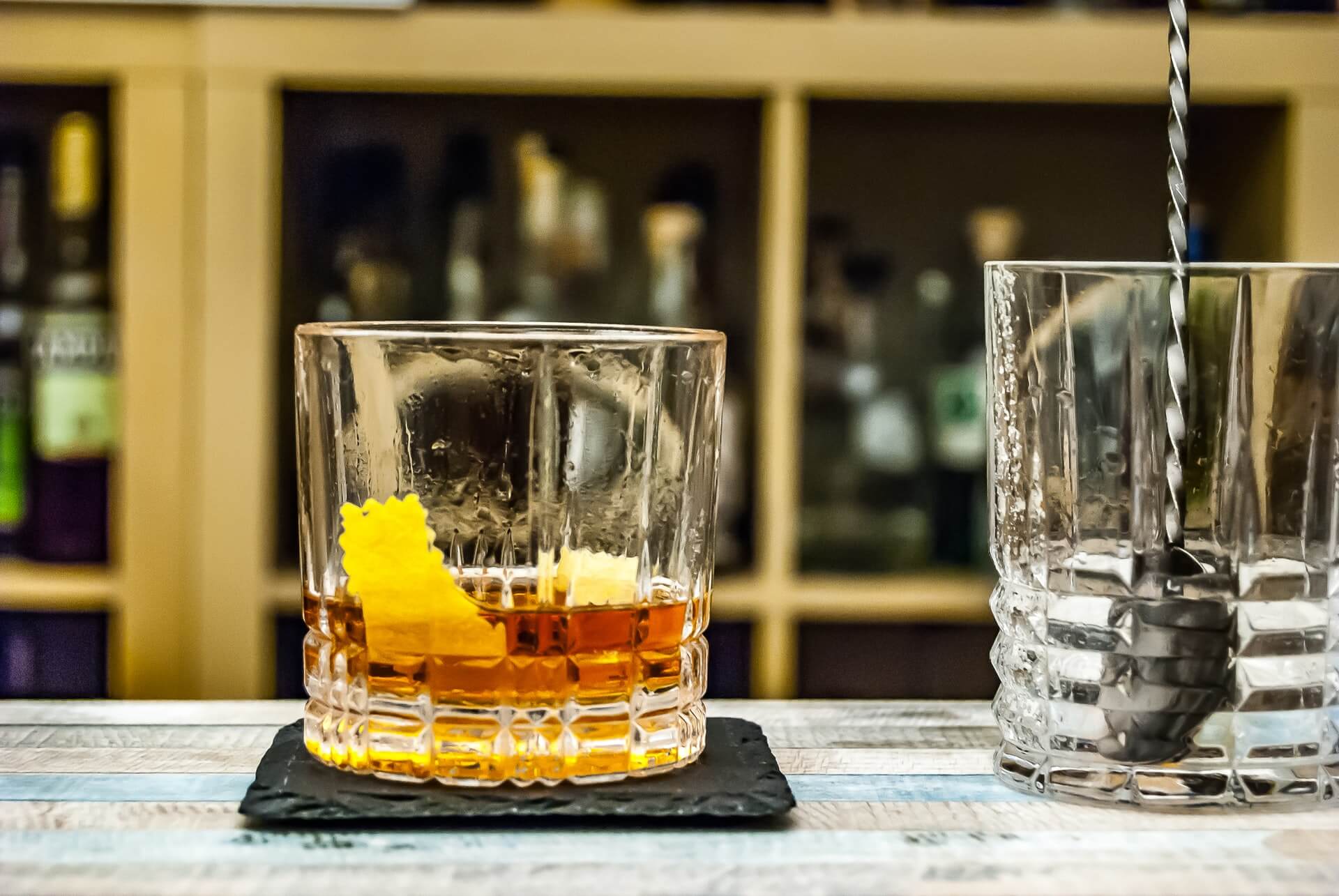Top 10 States Attracting High Earners
by David Klemt
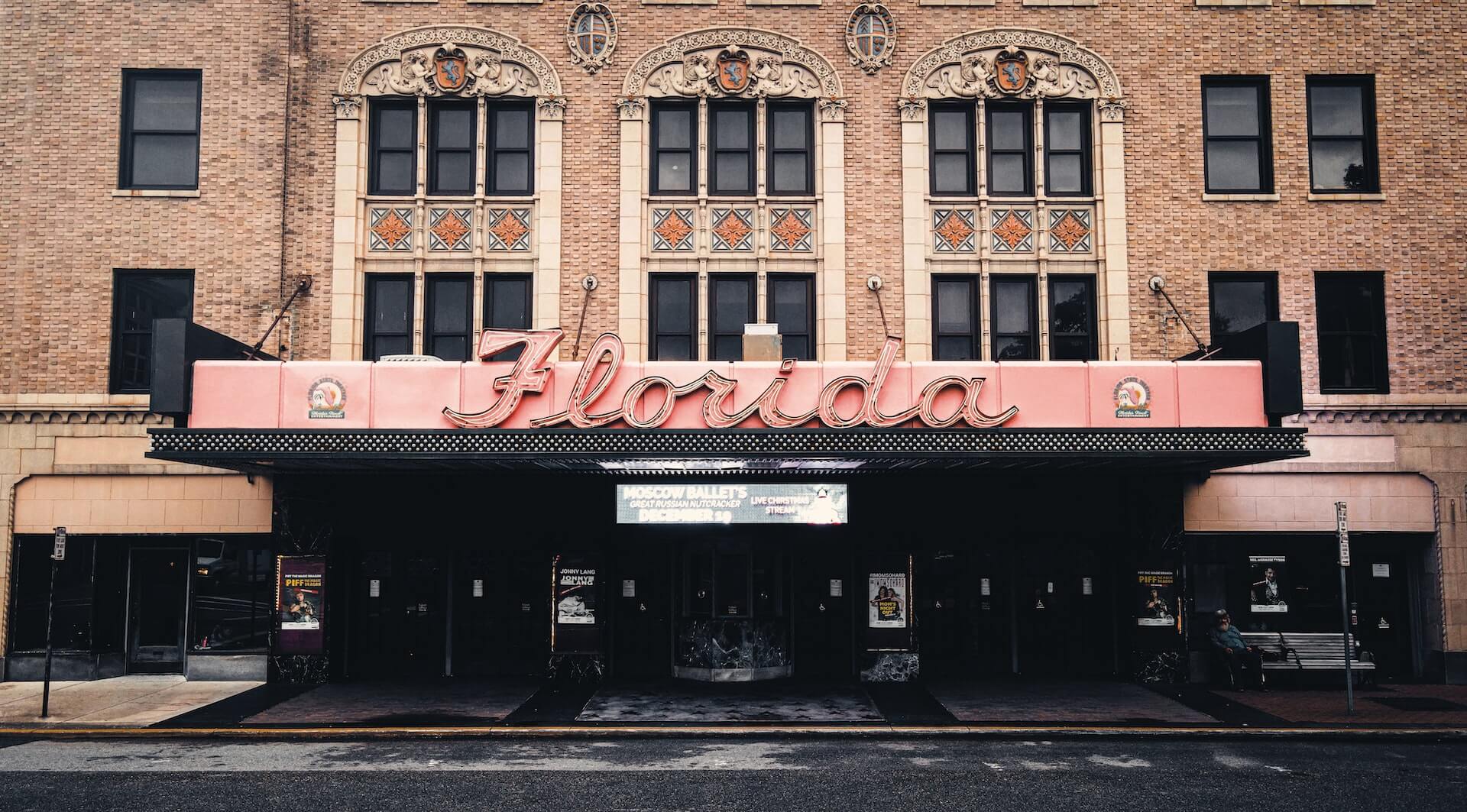
Using the inflow and outflow data of tax filers earning $200,000 or more, SmartAsset identifies the top ten states attracting high earners.
When it comes to the number-one state, “it’s not even close,” says SmartAsset Advisors. Not surprisingly, several top inflow cities (according to Redfin data) line up with SmartAsset’s top inflow state list.
So, why should this information matter to operators? Plainly, it’s important market information. Population, household income, and age information are crucial considerations when opening any business.
In fact, KRG Hospitality includes such data (and much, much more) when conducting research for our proprietary feasibility, business, and concept plans. Among many elements of opening a restaurant, bar, hotel, or entertainment venue, the income of one’s target audience is crucial.
Knowing where high-income households are leaving and moving to can inform many operator decisions. Where should one open their first concept? Which markets should one consider for expansion? What type of concept will work in a market? What are the threshold price points for menu items? How will this information help inform design choices?
Operators need to recoup their outlay. The income of a concept’s ideal guest should be as important to an operator as knowing their costs.
Top Ten Inflow States
Interestingly, the top state on this list did experience significant outflow in 2020. In fact, the state lost 11,756 high-earning households in 2020.
However, the state also added 32,019 such households, netting 20,263 high earners.
- Utah
- Idaho
- Nevada
- Colorado
- Tennessee
- South Carolina
- North Carolina
- Arizona
- Texas
- Florida
Another compelling detail of the states on this list pertains to income tax. In short, three of the states don’t levy personal income tax.
Above, they’re the states in bold: Florida, Nevada, and Texas.
Top 10 Outflow States
So, above are the ten states are seeing the greatest an inflow of high-earning households. Which means, of course, there’s an inverse.
Below, the ten states experiencing the greatest outflow of high earners. Unsurprisingly, SmartAsset deems several entries on the list high-tax states. Also, Washington, DC, is a high-tax area.
Moreover, the list below includes five of the top ten high personal income tax jurisdictions (in bold).
- Ohio
- Minnesota
- Washington, DC
- Maryland
- New Jersey
- Virigina
- Massachusetts
- Illinois
- California
- New York
However, it’s not as though these states are seeing a massive exodus of high-earning households. In fact, per SmartAsset, these states have more high-income households than the national average.
Nationally, high-earning households account for less than seven percent of all tax filers. According to SmartAsset, nearly nine percent of tax filers are high-income households in the top ten outflow states.
Image: Trevor Neely on Unsplash

